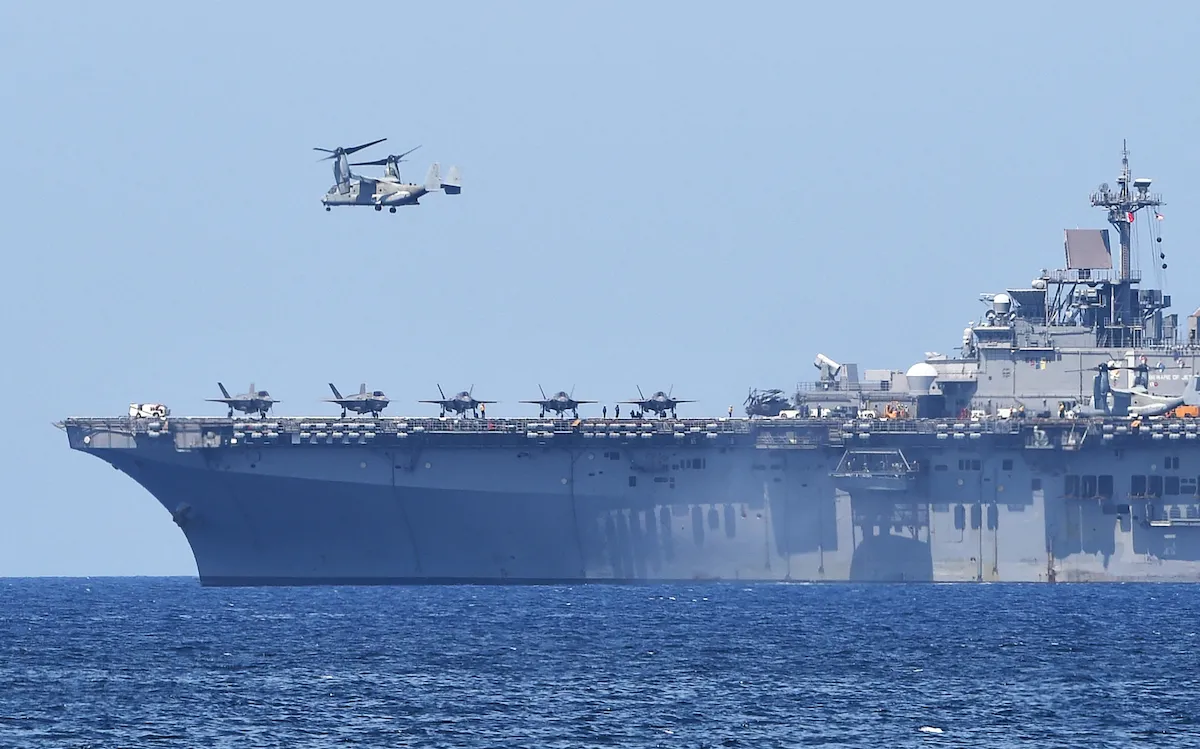In the vast expanse of the China Seas, a complex tapestry of geopolitical tensions, territorial disputes, and strategic maneuvers suggests the emergence of a new Cold War-like scenario. This evolving situation, marked by an intensification of rivalry between major powers, particularly between China and the United States, raises critical questions about regional stability, international law, and the future of global diplomacy. Let’s delve into the undercurrents of this brewing conflict, examining its origins, key players, and potential implications for the international community. China seas
The Stirrings of Rivalry
Initially, the China Seas have long been a focal point of strategic interest due to their significant shipping lanes, abundant natural resources, and strategic military positions. However, recent years have seen a marked escalation in tensions, primarily driven by China’s assertive territorial claims and military buildup in the region. Moreover, the United States, along with its allies and partners, has responded by reinforcing its military presence and affirming its commitment to freedom of navigation and overflight, setting the stage for a protracted standoff.
The Chessboard of Power
Furthermore, the China Seas have become a chessboard of power, with each move by China or the United States eliciting a countermove by the other. China’s construction of artificial islands and military installations in disputed waters has been met with increased patrols and freedom of navigation operations by the US Navy. Additionally, regional actors, including Japan, the Philippines, Vietnam, and others, have their stakes, further complicating the dynamics and raising the stakes of the rivalry.
Echoes of the Cold War
Moreover, the strategic posturing and military buildups in the China Seas bear striking resemblances to the Cold War era, characterized by ideological divides, proxy conflicts, and a perpetual state of tension short of direct military confrontation. The use of economic tools, cyber operations, and diplomatic efforts to gain influence and deter adversaries further mirrors Cold War tactics, albeit adapted to the 21st century’s globalized and interconnected world.
The Path Forward: Diplomacy or Escalation?
Additionally, as the situation in the China Seas continues to evolve, the international community faces a critical juncture. The path forward could lead to increased diplomacy and dialogue, seeking peaceful resolutions to disputes and mechanisms for managing competition. Alternatively, the absence of constructive engagement could escalate tensions, potentially leading to miscalculations or confrontations with far-reaching consequences.
Navigating Uncertain Waters
Importantly, navigating the turbulent waters of the China Seas will require a nuanced understanding of the interests and concerns of all involved parties. The international community must advocate for adherence to international law, including the United Nations Convention on the Law of the Sea, and support multilateral efforts to address security challenges. The goal should be to prevent the emergence of a new Cold War, fostering instead a stable, peaceful, and prosperous region. China seas
Inspired by Al-Jazeera News and Rear More Articles Here, Read Previous Blog Also.
